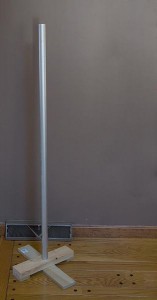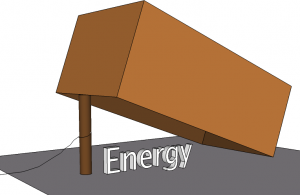Kids these days. When I was a lad, tantrums were redressed with a spanking. Heck, spankings (at school) were answered by further spanking (at home). In polite company, we might apply the euphemism “attitude adjustment” to mask the unpleasant image of a bawling kid bent over the knee getting red in the tail. I’m not going to wade into the issue of whether or not such treatment is the most effective way to shape responsible adults, but I will say that I think our society needs some sort of attitude adjustment when it comes to expectations of our future. I’ll take a pause from the renewable energy juggernaut recently featured on Do the Math and offer some seasonal scolding. Think of it as my “airing of grievances” component of Festivus: “a holiday for the rest-of-us,” as introduced on Seinfeld.
Views: 11387



